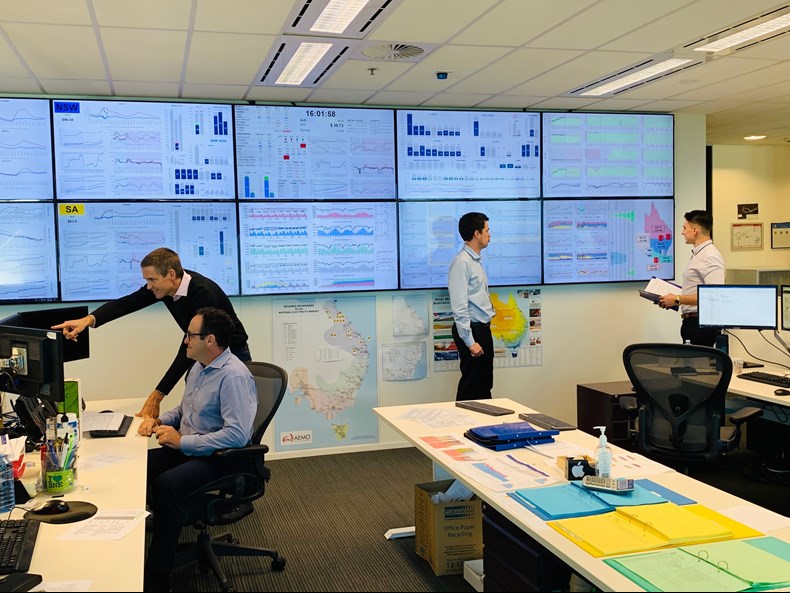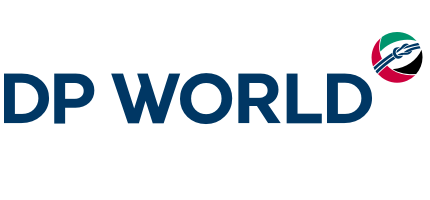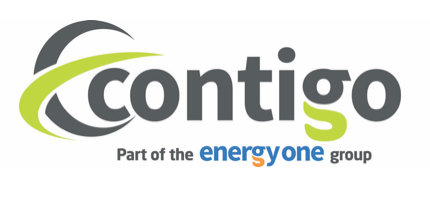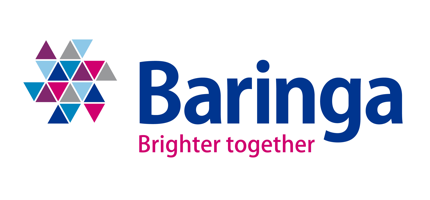Our energy
Since 1995, InterGen has played a vital role in the British (GB) energy system. Our assets provide around 5% of the country’s peak generation demand – and the importance of our role is growing as the country transitions to a lower-carbon energy system with an increasing proportion of renewable energy.
The changing energy system
When InterGen began trading in 1995, the GB energy market looked vastly different to how it does today.
At this stage, our efficient combined-cycle gas assets (CCGTs) were a direct replacement for coal generation, which was delivering the majority of GB’s electricity at that time. The replacement of coal with gas has been one of the biggest factors in reducing the carbon intensity of the GB power sector, since using gas emits around 50% less carbon dioxide than coal.
Today, gas represents roughly 30% of Britain’s generation, and coal has been almost entirely eliminated. However, now the market is changing again.
In recent years the expansion of renewable energy has been rapid. Renewables (largely wind and solar) now account for around 50% of the generation mix. As the cleanest form of energy, producing no emissions at the point of generation, renewables are essential to further decarbonising the economy. Ambitious government targets on the rollout of solar and wind assets will grow their proportion of the generation mix further still.
This is clearly a success story, but because wind and solar rely on the weather to produce electricity, they are highly variable (or intermittent). As such, they require other types of more flexible generation sources to back them up on still or cloudy days, and to help meet peaks in demand.
The role of InterGen
InterGen’s assets are integral to providing this flexible generation service.
Our three combined-cycle and one open-cycle gas power stations are critical to helping meet demand.
These sites provide a crucial function in the energy market.
How the market works
The cost of generating power can be thought of in terms of both the short-run cost (the cost of running the generation station to produce the power in question) or long-run cost (the overall cost of generation including fixed costs associated with financing, building and operating the power station).
Generators will look to recover the long-run cost of their power station through returns from providing services to the energy market.
InterGen supports the market through offering up our power to the grid via four main mechanisms.
- The Wholesale Market
- The Balancing Mechanism
- The Capacity Market
- Ancillary Services
These functions, and our role within them, are explained below.
The Wholesale Market
The majority of power is bought and sold on the wholesale market, with contracts between generators and suppliers being made anything between years and minutes in advance of what is called ‘gate closure’ – 90 minutes before the power is due to be available. Prices are dictated by supply and demand.
A supplier should ensure that the volume of electricity being used by their consumers in every half-hour period through the day (called a ‘settlement period’) is matched by the supplier buying the same amount of electricity in the wholesale market.
Suppliers will forecast the expected demand of their consumers, and may wish to stabilise their costs by buying some of that demand ahead of time - in some cases months or even years ahead. InterGen is able to sell power to suppliers on this basis. However, suppliers will also seek to lower costs by buying cheaper power where possible.
This may require them to wait until closer to the time of delivery to allow them to take advantage of forms of generation with low short-run costs. These forms of generation, particularly wind and solar, have no fuel cost, but cannot easily be sold far ahead of delivery as the seller cannot be certain that the wind will be blowing or the sun shining.
This can create an imbalance between supply and demand during the half-hourly settlement period, which is resolved via the Balancing Mechanism.
The Balancing Mechanism
Following ‘gate closure’, the System Operator (National Grid ESO) has to balance supply and demand across the network during each 30-minute window – something which is becoming ever more complex as intermittent renewable generation increases.
It does this through the Balancing Market, whereby generators make bids or offers to either turn up or turn down supply to meet the demand profile of the forthcoming 30-minute window. National Grid then selects the best offers to help balance the system.
Because InterGen’s assets are highly flexible, and can be turned on or off at short notice, InterGen frequently helps National Grid ESO (NGESO) balance the system via the Balancing Market.
At times of scarcity, where demand is high and supply short, accepted prices in the Balancing Market can become high. These prices are infrequent but not accidental – since they incentivise generators to build, maintain and staff assets which can be called upon at times of need, but may not run (and therefore sell any energy) for long periods at a time.
This mechanism is designed to be more efficient for the consumer and the environment than having an excess of gas generation producing power at all times to meet peak demand.
The Capacity Market
The other major policy mechanism for delivering reliable, secure energy is the Capacity Market.
Through the Capacity Market, the Government seeks to procure long-term capacity, with auctions taking place three-and-a-half years (T-4) and eight months (T-1) from the point of need. Through the Capacity Market, generators are paid a certain amount per MW to guarantee that they would be available to turn on if required by NGESO, at the time agreed in the contract. Again, this allows for assets which may not generate (and therefore sell) at all times to have a workable business model which provides energy security in the event that it is needed.
Our Open Cycle Gas Turbine (OGCT) at Spalding was the first large scale power generating plant to win an agreement through the Capacity Market. In 2022 and 2023, InterGen’s world-leading Gateway battery storage project secured 15-year Capacity Market agreements through the T-4 auctions, meaning it can be expected to be available to provide grid flexibility services in 2025 and for the 16 years following.
Ancillary Services
The final mechanism through which InterGen supports the grid is through providing Ancillary Services, specifically:
- Short Term Operating Reserve
- Frequency response
- Inertia
- Voltage support
Short Term Operating Reserve (STOR)
Short term operating reserve (STOR) is a service that provides additional power to the grid from generation or demand reduction. Unlike the Balancing Mechanism, it is managed on a day-ahead basis rather than 90 minutes. This allows NGESO to manage expected surges in power demand ahead of time.
InterGen’s Spalding OGCT frequently provides NGESO with available power via STOR.
Frequency response
Frequency response relates to the National Grid’s requirement to keep system frequency at 50Hz (plus or minus 1%). It is this which provides a steady quality of power on the grid, meaning products such as machinery, computers and heating can be consistently designed to this expectation and operate correctly. If the grid moves outside of system frequency limits, it could cause dangerous power failures or surges. Our assets can turn up or down flexibly to help maintain frequency.
Inertia
Frequency is also supported by inertia. Inertia is the kinetic energy provided by the physical spinning parts in power stations such as ours. If there is an increase in demand, kinetic energy means the parts will continue spinning for some time, maintaining system frequency. This provides a security net for the National Grid to act through frequency response or the Balancing Mechanism to ensure that supply and demand are matched at all times.
Voltage support
Our CCGT power plants also offer rapid and flexible voltage support to NGESO. Their ability to adjust output quickly and inject or absorb reactive power ensures stable grid voltage. This enhances grid reliability and enables a resilient electricity supply system.
With almost 30 years’ experience in GB, we pride ourselves on our reliability, adaptability and the support that we have provided to the ongoing transformation of the energy system – delivering the flexible electricity solutions that we all increasingly rely on as we move towards net zero.

Key stats
We work with a range of outstanding partners in the energy sector and beyond

DP World
Our Coryton plant provides power to the neighbouring London Gateway port; DP World London Gateway is the most advanced, connected and integrated logistics hub in the UK.

Contigo
Leading software provider Contigo worked with us very successfully to implement a new energy trading and risk management (ETRM) platform across our UK business in 2019 Visit Contigo to read the case study.

Dunstan Thomas
A leading provider of business services and technology solutions for the wholesale energy market; we have partnered successfully with Dunstan Thomas since 2001.

Baringa
InterGen have worked with since 2017 in a partnership focused on improving trading compliance, performance, systems and reporting.



